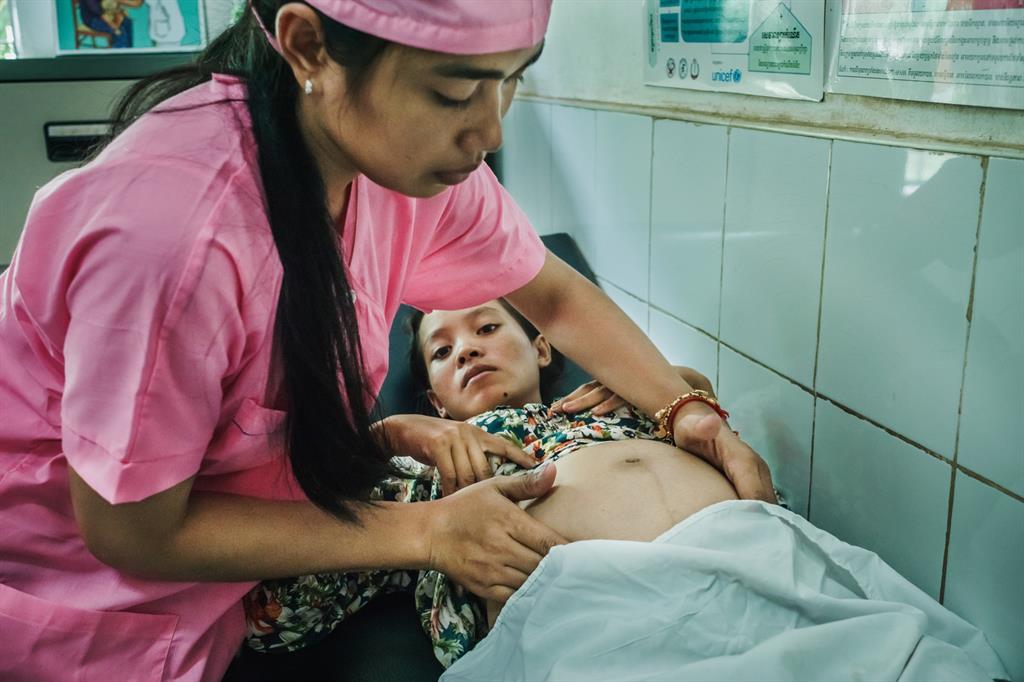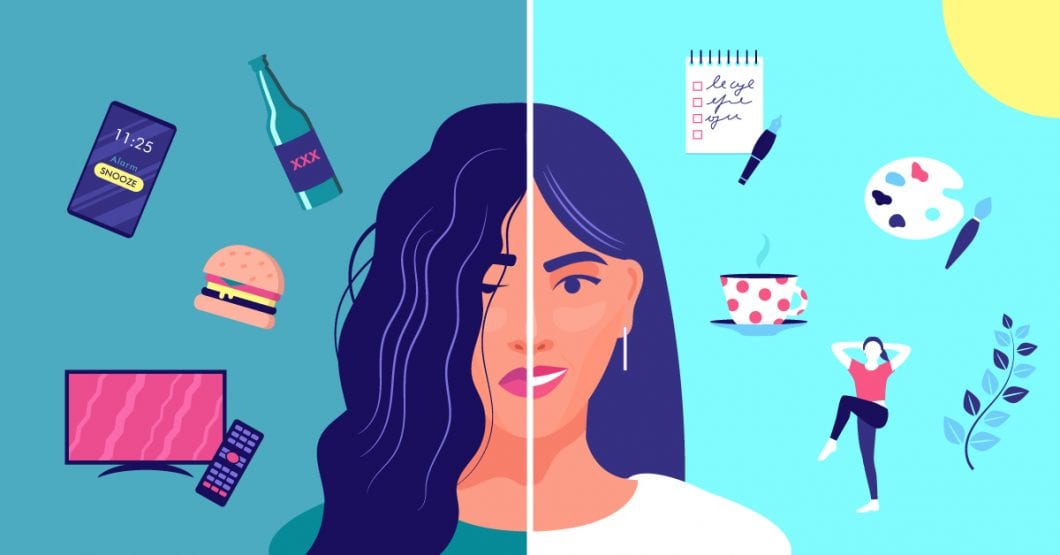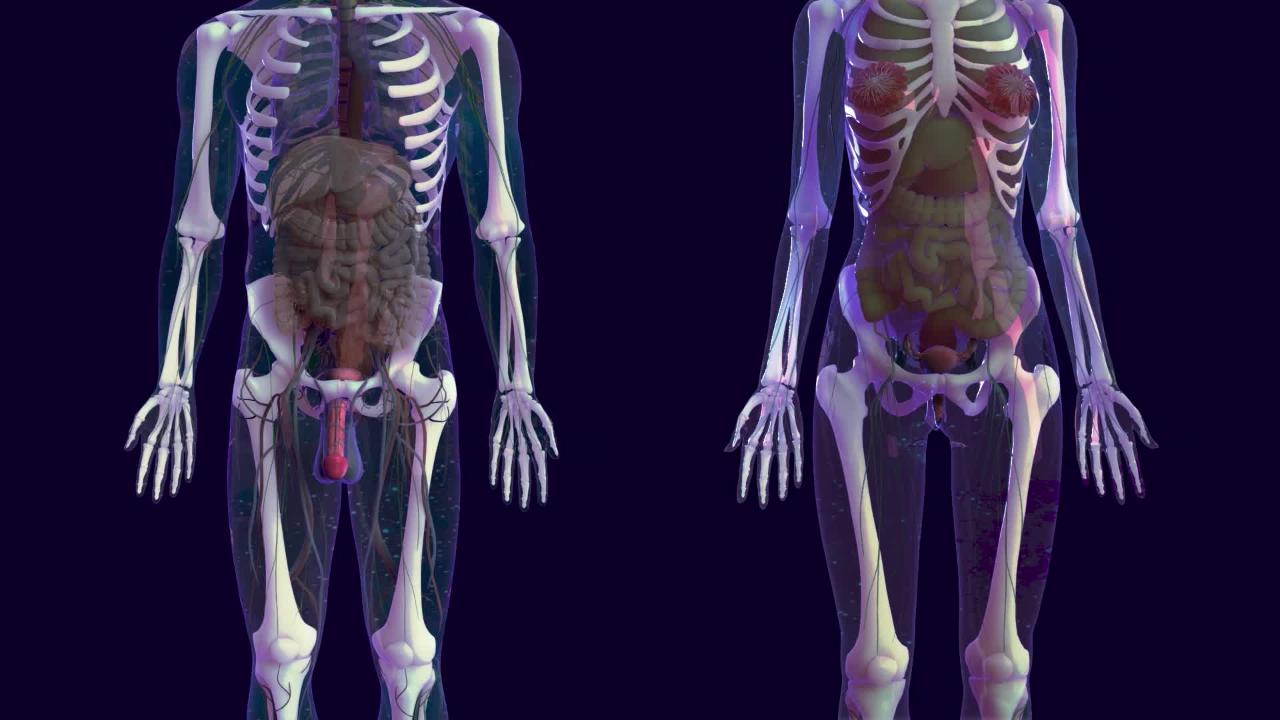Women who are the victims of sexual abuse are sometimes unable to get pregnant due to the injury that is inflicted on them. It’s a very unfortunate consequence, but it’s one that really needs to be addressed. In this article, you will learn about the topic of reproductive rights and how they can help women who have been abused and believe themselves unable to give birth in the future.
Table of Contents
What Are Women’s Reproductive Rights?
Reproductive rights are the rights that a woman has to decide what she does and does not want to do with her body. There are many definitions of reproductive rights; however, for this blog, I chose the definition from Planned Parenthood’s website.
The History of Abortion: From the 1850s to Today
In the 1850s, abortion was still considered a barbaric and immoral act. It was so frowned upon by society that those seeking abortions needed to either go to France, where it was legal, or do it themselves at home. In 1967, the Supreme Court ruled in favor of abortion for any reason during any time during the first trimester. This ruling is one of the most significant advancements in women’s reproductive rights ever made.
How Does the Roe v Wade Decision Affect a Woman?
In 1973, the Supreme Court found a woman’s right to privacy was more important than a fetus’s right to life. This came about in the case of Roe v Wade, which determined that abortion is legal for any reason until the point of viability, meaning that it is illegal for states to ban abortions after this point. While this was an excellent decision for women, it still didn’t give them complete control over their reproductive rights as some states have passed laws making abortion illegal and putting limits on access.
How Can You Help in a Woman’s Fight for Reproductive Freedom?
Women’s reproductive rights are a contentious issue in today’s world. A woman who wants to carry out an abortion will be forced by law to go through rigorous proceedings that, often times, can take more than a month.
Conclusion
In the article, there are many important points to take away from. The most informative point was that women’s reproductive rights are protected under international law and are closely linked to their right to health. Another important point was that a woman’s right to control her own body is not only within her own body but also includes the external environment in which she lives and operates.




